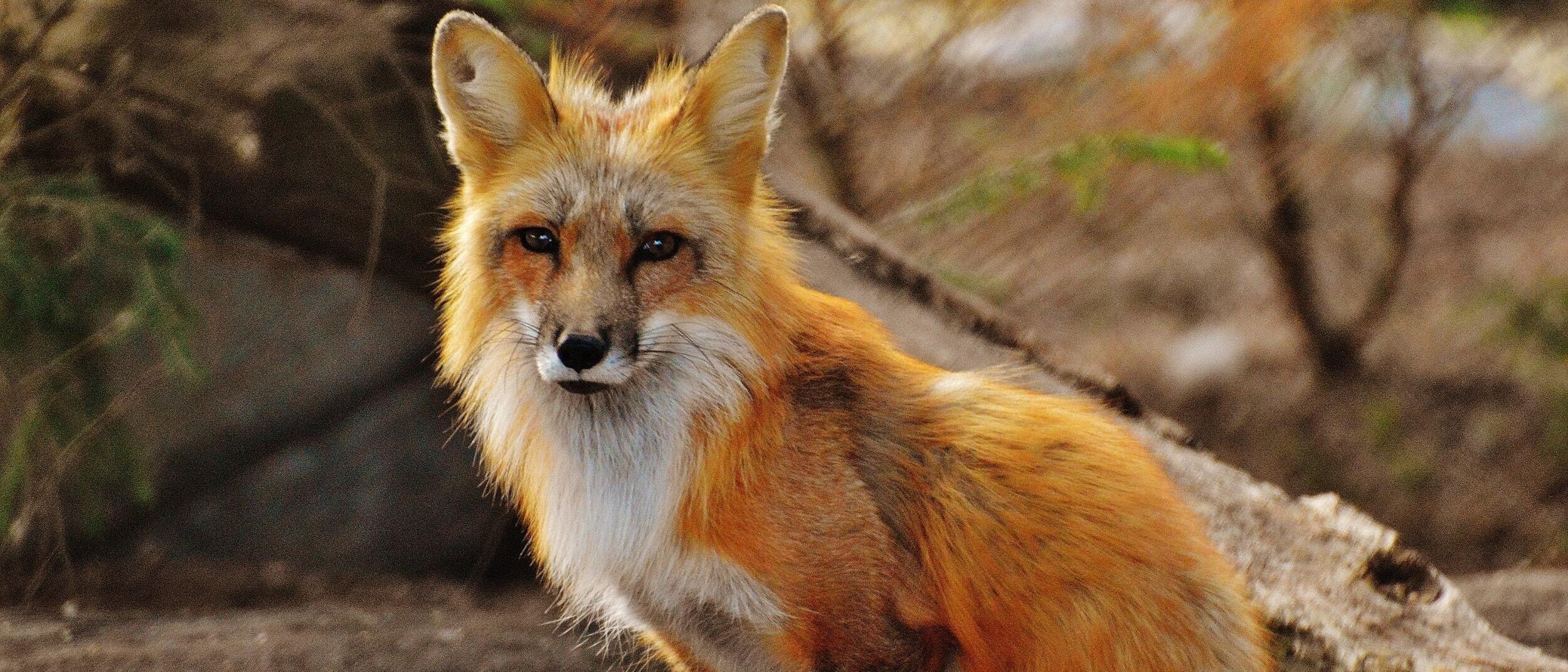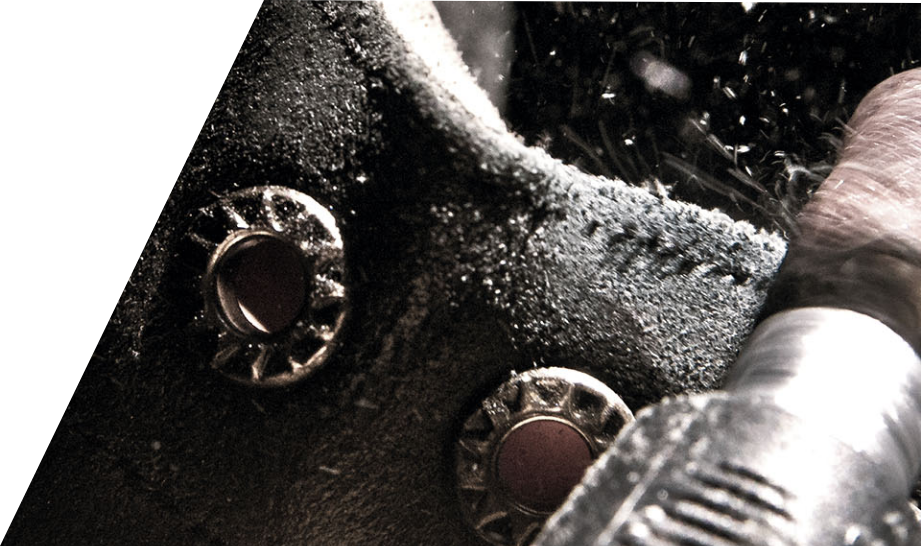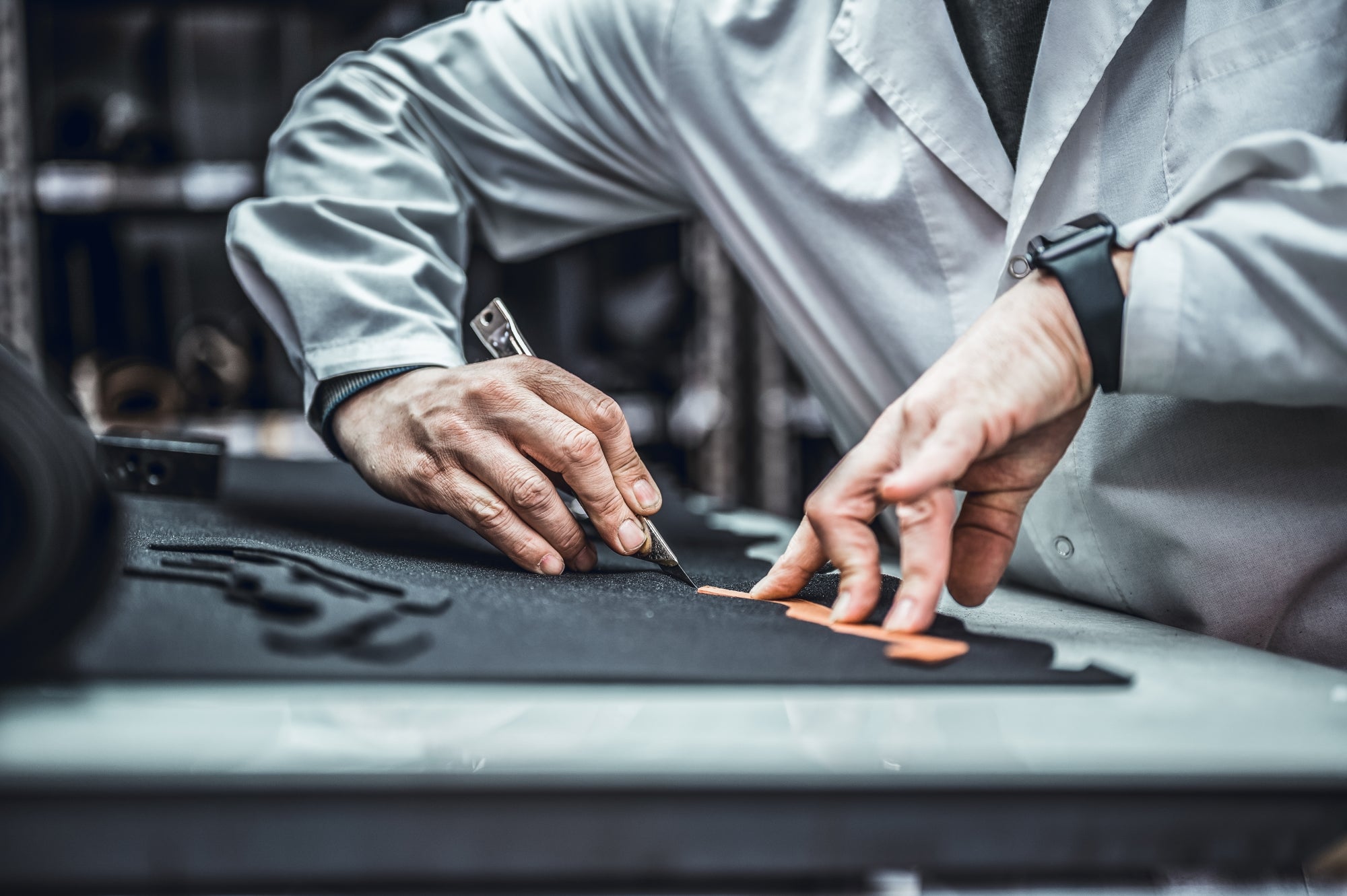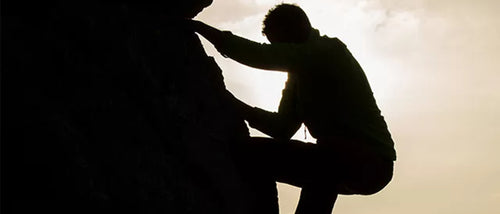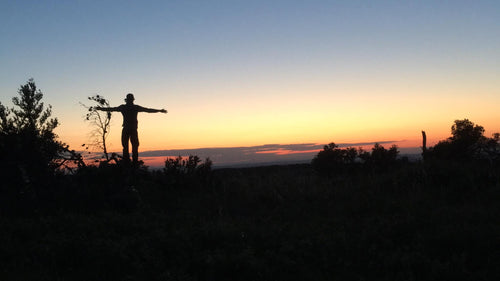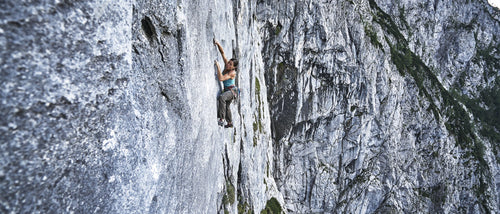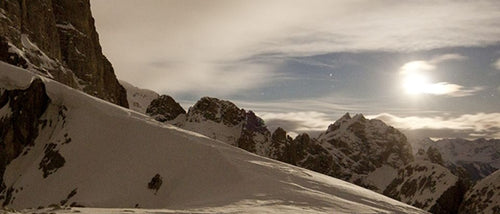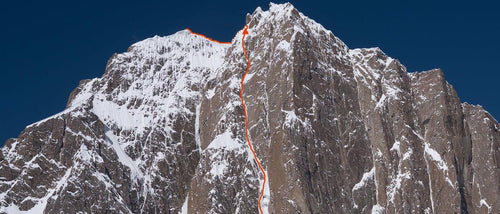Seven Animal Photography Tips for Beginners

If you love the outdoors and want to marvel at its beauty, wildlife photography may be your calling. We have compiled seven of the best pieces of advice for those who are starting out as a budding animal photographer.
Photographing animals is often an unpredictable task that will take time, patience and practise, but the results are a beautiful and lasting reminder of the prominence of nature. Don’t be put off if you have never tried before. Many stunning images are not professionally taken and are a result of a passionate person, eager to take an incredible image of the beauty they see before them.
Patience is a Virtue
A fairly obvious point, but being patient is the key to success when it comes to snapping brilliant pictures of wild animals. Waiting for a creature to emerge into your eyeline is the first hurdle when trying to take a photograph. This may require much time, stillness and effort, but as long as you expect that coming into it, you may avoid some disappointment. Photos of animals amongst nature may take many attempts, but hang in there!
Start Close to Home
Knowing the area where you plan to shoot is extremely helpful. Firstly, it is a way to feel at ease while doing a new activity. Being familiar to the area will help you to feel relaxed knowing it is acceptable to be there and you are at no danger of getting lost if you need to reposition for a more precise angle, for example. Also, you will more likely be conscious of the animals in that area, where they most likely will be and possibly at what time of day.
Being familiar with the shoot location will also help you creatively. For example, if you are aware of a beautiful landmark in the location, it can be fed into your photography work. If people recognise a feature through your images, your work may have more impact and a lasting impression on the beholder.

Know Peak Wildlife Times
In general, dusk and dawn are considered the best times for animals to be active, and therefore the best parts of the day to try and take some snaps. To get the best photos, make sure to be at your chosen location at the correct time to have a better chance of seeing them.
In addition to this, these are also the best times for lighting, referred to as the ‘golden hours'. The sun at this time creates rich and warm tones, ideal for providing a charming setting for the animals central to the photo. A way to ensure the lighting works at its best is to understand which direction the light will originate from and work with it.
Understand Camera Shutter Speed and Lighting
As previously discussed, lighting is important; animals tend to emerge at slightly darker times of day such as early morning and twilight. It is important to unsure your camera is geared up with this is mind, and your ISO speed is at the correct setting. This will depend wholly on your camera. The idea is that the ISO should be a perfect balance between the high and low settings in order to lessen the digital noise created by the lack of light. It is understood cameras that cost more will be better at this, but it is important to mess around with settings beforehand.
Learn About the Animal You are Shooting
Knowledge is power, and this definitely applies to animal photography. By researching animals and understanding their behaviours, preferences and movements, you are firstly more likely to track them down. Secondly, you will know the right time to make that vital click on the camera by understanding their motives and reactions.

Distance is Good
Contrary to what you may think, not being so close to the subject is actually beneficial for your photography. Initailly you may feel irritated that you are not at a close enough distance to the animal you are wanting to take a photo of. However, a wider shot is a great way to encompass the beautiful surroundings. This creates an interesting and insightful image which may add context to the animal’s behaviour.
Take Multiple Images
Lastly, make sure to take as many photos as possible. It may take hundreds of shots to produce a single, clear image worthy of sharing.

Hopefully we have encouraged you to get out there and give animal photography a whirl. If you still need a bit of convincing, get inspired and read our blog on benefits to spending time in nature for some more motivation! If you’re excited to get out there, here at LOWA we have plenty of high quality outdoor boots for you to choose from. Our footwear comes in a range of styles and fits, including our walking boots for wide feet, so why not explore our range today?


